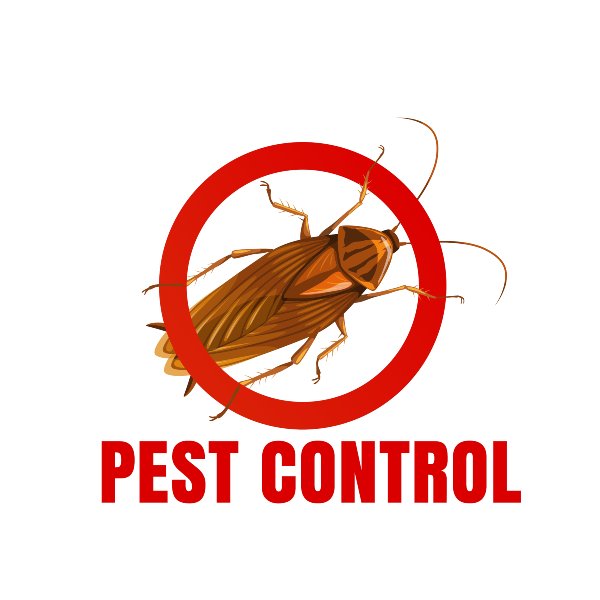Bed Bug Treatment Breakdown: Contrasting Chemical Vs. Non-Chemical Solutions
In the realm of parasite control, specifically when handling the persistent problem of bed bugs, the option in between chemical and non-chemical treatment solutions can be a crucial one. Both techniques use distinct benefits and downsides, influencing variables such as effectiveness, safety and security factors to consider, and overall expense. By analyzing the nuanced information of each approach, a clearer understanding of which course to seek in addressing a bed pest infestation can be attained.
Performance of Chemical Treatments
Chemical treatments for bed insect invasions have been extensively identified for their fast and potent effectiveness in getting rid of these insects. When thinking about the efficiency of chemical therapies, it is critical to recognize that they can provide a detailed and fast service to a bed pest issue.
Moreover, chemical treatments have the advantage of providing recurring results, meaning that they can remain to eliminate bed pests also after the preliminary application. This residual action is particularly advantageous in combating any type of prospective re-infestations. In addition, the quick action of chemical treatments can bring relief to individuals dealing with severe bed bug infestations, enabling them to restore control of their space promptly.
Safety And Security Interest In Chemical Solutions
When making use of chemical remedies for bed insect treatment is ensuring the safety of occupants and the setting,One important element that requires mindful consideration. While chemical treatments can be reliable in eliminating bed bugs, they may position threats otherwise managed effectively. One of the main safety issues with chemical remedies is the possible damage they can trigger to human wellness. Direct exposure to certain chemicals made use of in bed insect therapies can cause breathing concerns, skin irritability, or other damaging responses, especially in individuals with pre-existing conditions or level of sensitivities. Furthermore, incorrect application or dosage of chemical pesticides can cause harmful residues lingering in the treated location, presenting long-term health and wellness dangers to passengers.
Moreover, the environmental effect of chemical options is an additional substantial consideration. Some chemicals made use of in bed pest treatments may be unsafe to valuable pests, wildlife, and environments if they seep into the soil or water supply. It is vital to use chemical treatments sensibly, complying with safety and security guidelines, and considering less poisonous choices to alleviate these threats and ensure the efficient and risk-free management of bed insect infestations.
Benefits of Non-Chemical Approaches
Thinking about the possible security issues and environmental effect linked with chemical solutions for bed pest therapy, checking out non-chemical approaches presents an appealing choice with a number of distinct advantages. Non-chemical therapies are environmentally pleasant, as they do not contribute to air or water air pollution, making them a sustainable choice for insect control.
In addition, non-chemical solutions can be reliable in targeting bed pests, consisting of hard-to-reach locations where chemical therapies might not pass through. Techniques such as warmth treatment, vacuuming, steam cleansing, and mattress encasements provide detailed elimination without using dangerous chemicals. Furthermore, non-chemical methods can be much less turbulent, requiring marginal preparation and permitting quicker reentry right into dealt with locations. Overall, opting for non-chemical bed insect therapy techniques not just prioritizes safety and security and environmental defense yet also makes sure comprehensive and effective bug control.
Limitations of Non-Chemical Treatments

In addition, non-chemical treatments typically call for numerous applications to achieve effective obliteration. This can be taxing and might not always ensure total elimination of all bed insects and their eggs, specifically in hard-to-reach or hidden locations.
In addition, the success of non-chemical therapies greatly depends on appropriate execution and thoroughness, which can be testing for individuals without expert know-how. Inadequate application of non-chemical approaches might cause incomplete elimination, leading to relentless problems and the demand for additional treatments.
Consequently, while non-chemical therapies have their advantages, it is vital to acknowledge these limitations and consider them when determining one of the most effective method for taking care of bed bug infestations.
Price Comparison: Chemical Vs. Non-Chemical Options
Provided the limitations linked with non-chemical therapies, a necessary element to evaluate in the context of bed insect administration is the price contrast between chemical and non-chemical alternatives. In contrast, non-chemical therapies like warmth treatment or heavy steam can be much more expensive, with expenses ranging from $1,000 to $6,000 for a whole home. While the initial expense of chemical treatments may appear lower, multiple treatments might be needed to completely remove the invasion, potentially raising the total cost.
Final Thought

Thinking about the prospective security concerns and ecological influence linked with chemical solutions for bed pest therapy, checking out non-chemical techniques provides a promising alternative with a number of distinct benefits.Offered the this post limitations associated with non-chemical therapies, a crucial aspect to evaluate in the context of bed insect administration is the cost contrast between chemical and non-chemical options. In contrast, non-chemical therapies like heat therapy or heavy steam can be a lot more costly, with costs varying from $1,000 to $6,000 for a whole home. While the first expense of chemical treatments may seem reduced, numerous therapies may be required to completely eliminate the problem, potentially increasing the total price.In final thought, when contrasting chemical and non-chemical bed insect therapy choices, it is crucial to consider performance, security, advantages, constraints, and price.